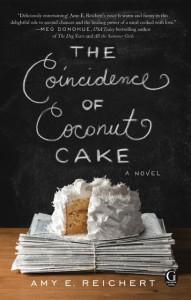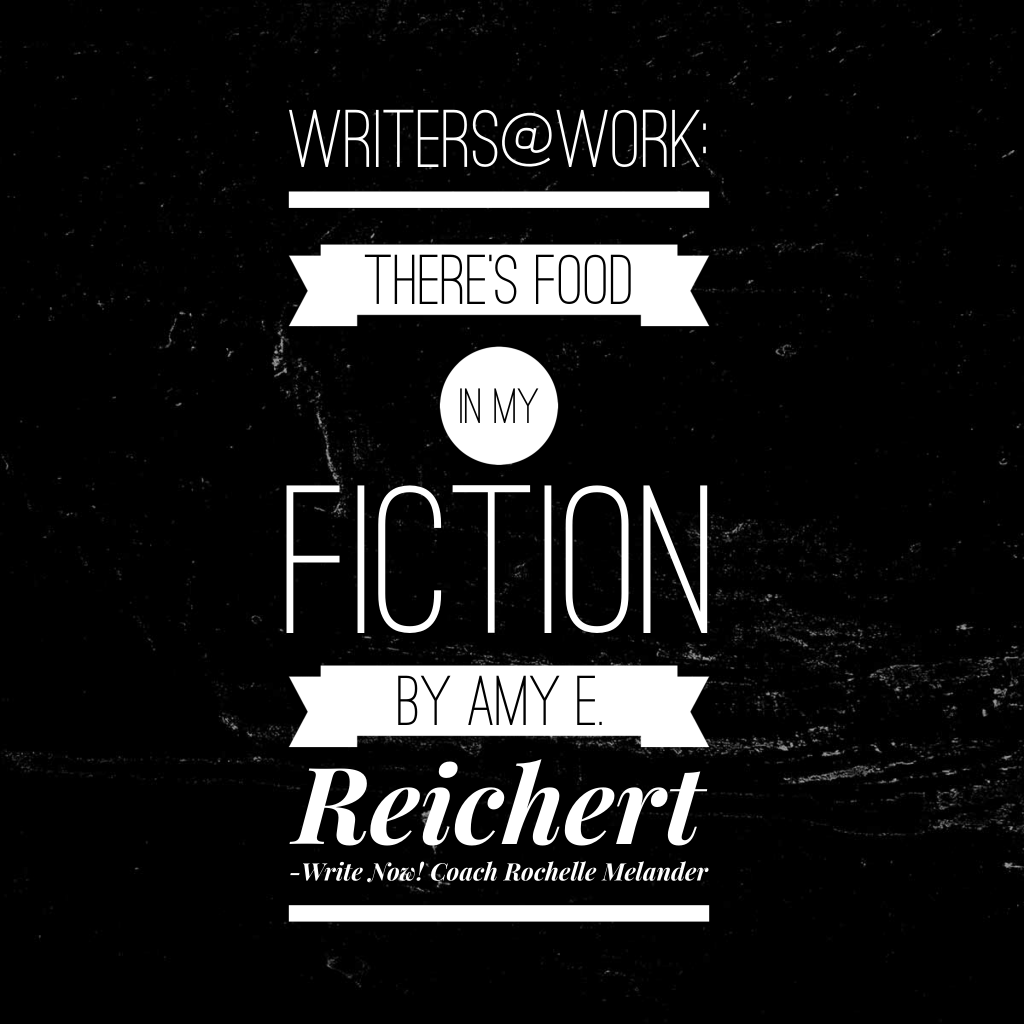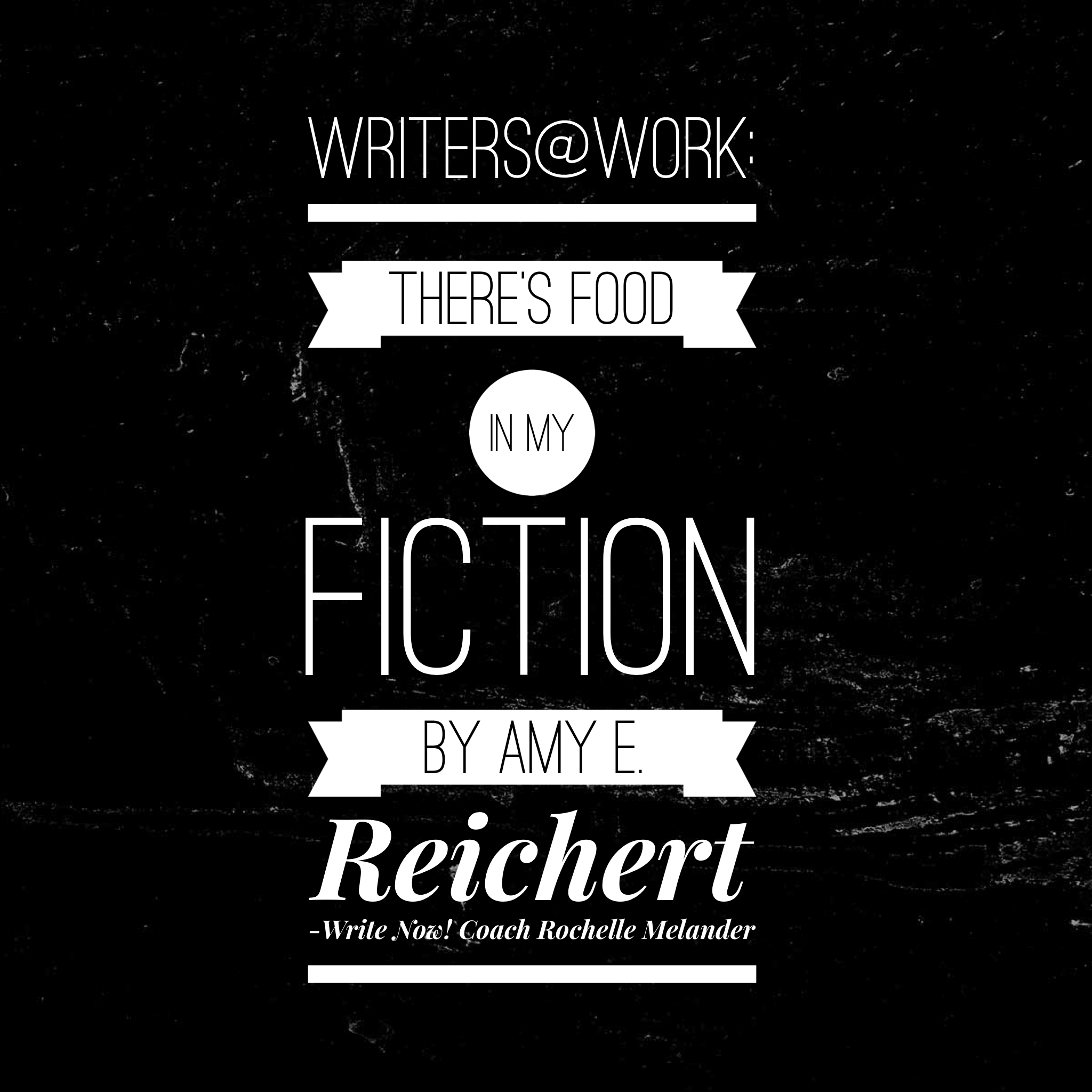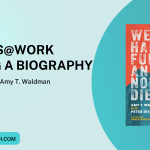Writers@Work: There’s Food in My Fiction by Amy Reichert
 21 July 2015
21 July 2015
Note From Rochelle
Dear Writers,
This past spring, I attended the Wisconsin Romance Writers of America conference. I loved it, and I learned a lot. Wisconsin author Amy Reichert presented a helpful talk on revision. Her debut novel—The Coincidence of Coconut Cake—was released today! She’s here to talk about how using food in fiction can engage readers’ senses.
Happy Writing!
-Rochelle, the Write Now! Coach

When I write, I like to create boundaries. There are so many word choices available in the English language, it can be daunting to choose the perfect one, then do it again, then do it again—until a book is finished. By creating some self-imposed rules, I can limit these choices to a toolbox.
When I started writing a book about a chef and a restaurant critic I knew food would be a central part of my book. In fact, it’s what drew me to the subject matter—I love to cook and eat delicious food. So choosing words related to food, even when actual food was absent in a scene, seemed a natural fit.
Even if your writing doesn’t feature food-related subjects, don’t dismiss it – it’s a powerful toolbox you should use. Books are full of details meant to engage the senses. Authors describe the color of rooms, the texture of clothes, the smell of an alley. Appealing to the reader’s senses brings a book to life, making it both relatable and tangible. The beauty of using food in your writing is it’s universal. We all have to eat and drink, so writers can use that commonality to pull the reader into the moment.
So, when writing about food, what are some things to keep in mind? Let’s look at each of the senses.
Smell. Scent creates strong memories, some of the strongest if the research is to be believed. It might trigger a character’s childhood memory providing a natural touch point for a flashback, or be the first sense engaged right before meeting a love interest – something you can play with throughout your story. When reading, scent isn’t often described, but it’s essential to tasting food, so make sure you include it when describe the smoky scent of bacon on a cheeseburger or the aroma of fresh strawberries bubbling on the stove.
Taste. Your characters need to eat sometime, so why not have them do it with an audience. Use taste to echo the emotions of the scene. Maybe your two main characters are arguing over dinner, and their meatloaf tastes like the charred, crumbling cinders of their marriage.
Sight. As writers, I think this is the first sense we explore. Challenge yourself when describing scenes. If you’re writing about food, find different non-food ways to describe it. For example, I could describe a hamburger as a hockey puck or broccoli as mini trees (you can do better, but you get the idea). You may ultimately not use these new descriptors, but it’s a good exercise for your brain. If you aren’t writing about food, try using food descriptions to liven up your prose, such as a sunset over a forest resembling a slice of watermelon. You get the idea.
Sound. You might not think food has a sound, but you’re wrong. Next time you’re cooking or eating, listen up. Your food sizzles in a hot pan, the knife snicks against the cutting board, celery crunches when you bite into it. How a character is chopping lettuce can add delightful layers to a scene. Is the knife making even, measured clicks on the cutting board? Or does it sound like a toddler just dropped marbles down the stairs?
Touch. Aim for something unexpected. Maybe your hero’s three-day scruff feels like a kiwi and your wizened cowboy has wrinkled skin like the apple you discovered in the back of the fruit drawer from last winter. Or a creepy character leaves your main character’s skin feeling like the slime on rotting lettuce.
So, dear reader, explore your grocery store for unexpected descriptions and useful tools to add layers to your writing.
 About the author. Amy E. Reichert is a life-long Wisconsin resident with an M.A. in English Literature, a husband, and two kids. When time allows, she loves to read and collect more cookbooks than she could possibly use. Find her online: http://amyereichert.com
About the author. Amy E. Reichert is a life-long Wisconsin resident with an M.A. in English Literature, a husband, and two kids. When time allows, she loves to read and collect more cookbooks than she could possibly use. Find her online: http://amyereichert.com















